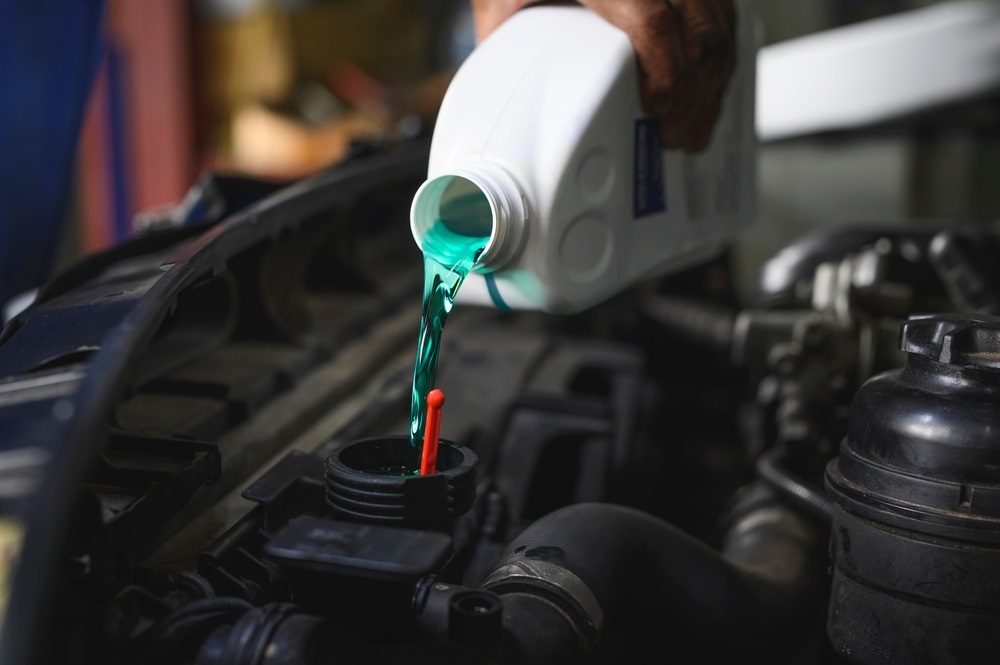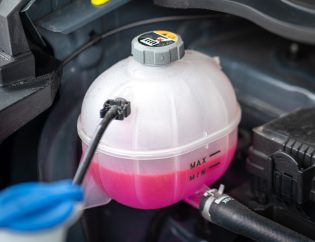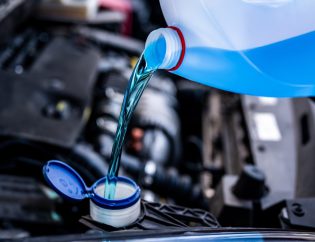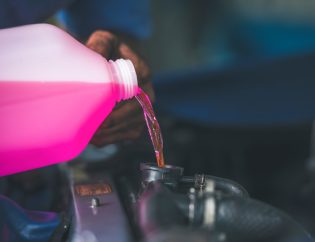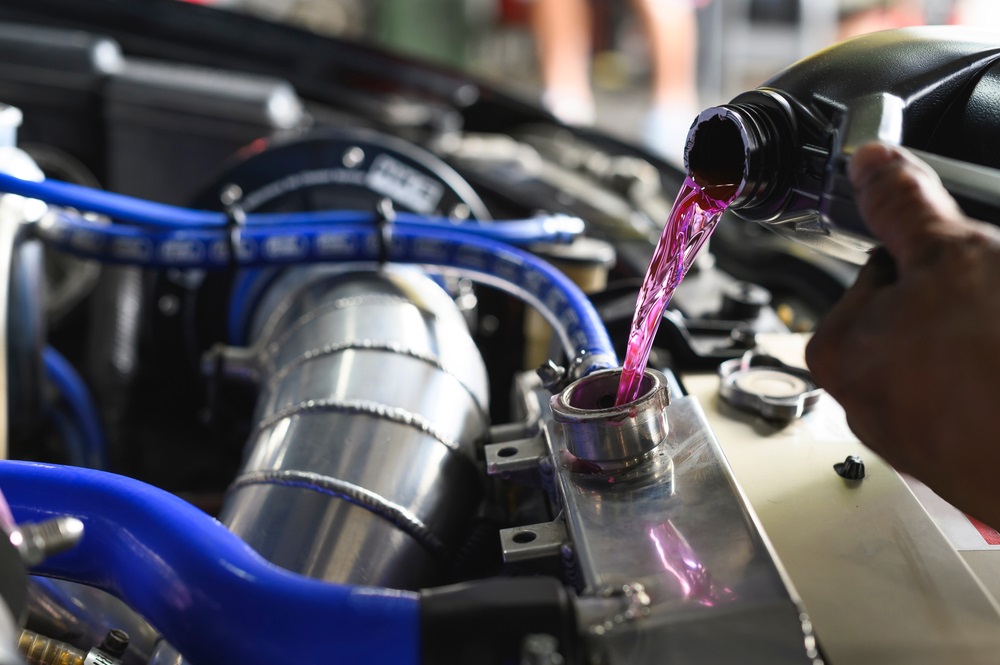
Contents
Understanding the Cooling System
The cooling system comprises the radiator, water pump, and thermostat. The purpose of coolant is to provide a safe environment for your engine by cooling it down when it gets too hot. As you drive around town or on the highway, your car’s engine heats up due to friction with air molecules in its cylinders. The heat also comes from burning gas that creates pressure inside each cylinder–and thus pushes down on its piston, causing combustion (and making power).
When an engine overheats due to an overheating problem in 2024, it may lead to severe damage or even catastrophic failure if not addressed immediately!
Optimal Coolant Levels
The best way to avoid overfilling is to follow the manufacturer’s recommendation for coolant level. If you don’t have access to this information, use a dipstick and measure your engine’s coolant level to determine if it needs more or less coolant added.
Factors that influence how much fluid should be added include ambient temperature, engine size, and type of vehicle (the amount of heat generated by an engine increases as its size increases), as well as the ratio of antifreeze-to-water within your mixture.
Consequences of Overfilling Coolant
What happens if you overfill coolant? If you do it, the consequences can be severe. The most common issue is hydrolock, which occurs when there’s too much liquid in the engine block, and it can’t circulate freely.
This leaves some areas of your engine without enough lubricant or cooling water to function properly, leading to overheating and permanent damage.
Another consequence of overfilling coolant is pressure buildup: when too much liquid sits in one place for too long, it expands due to its weight (like how bubbles rise through soda).
This causes problems like blown hoses and cracked plastic parts–and could even lead to an explosion if left unchecked! Are you worried about any of these issues happening in 2024 but don’t know how else, besides checking levels every few months, could help prevent them? We’ve got good news!
There are several ways you can protect yourself against these potential disasters simply by ensuring everything stays balanced within their proper ratios at all times.”
Signs of Overfilled Coolant
You will notice the engine overheating, indicating you may have overfilled coolant.
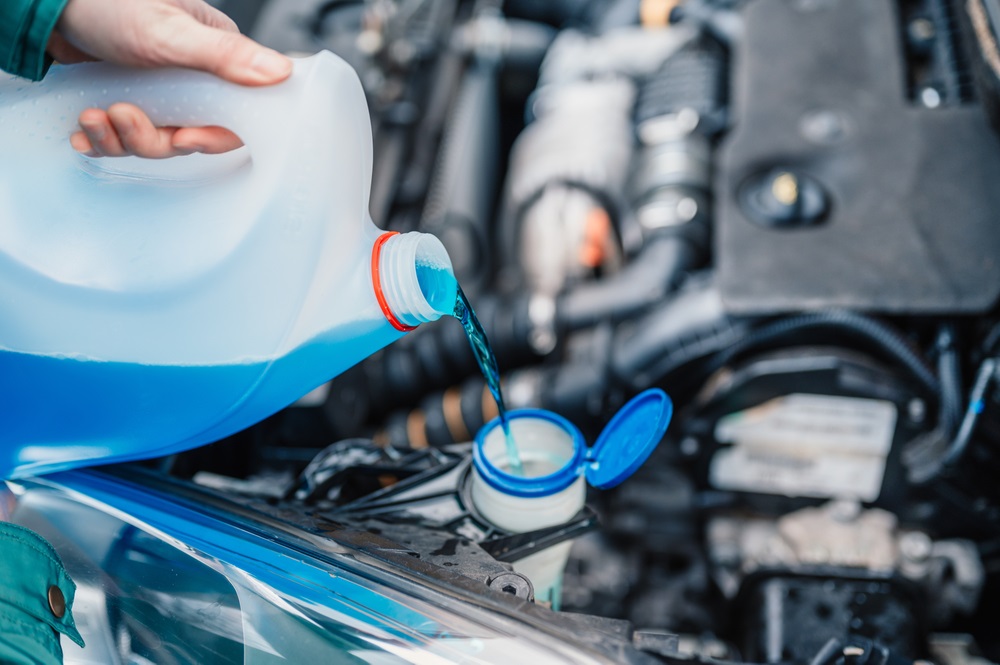
If this happens, turn off your car and let it sit for 15 minutes before starting it again. If the problem persists, take your vehicle in for service immediately.
You may also see leaking from under your car or hear unusual sounds coming from underneath it if there’s too much fluid in there, and it’s causing damage to internal parts of the engine block or radiator unit itself (which would be bad).
Long-term Engine Damage
In the long term, the engine will suffer from several problems. The most common issue is cracked cylinder heads.
What happens if you overfill coolant? Overfilling coolant can cause it to leak out through these cracks, which can lead to overheating and damage that may not be reversible. Because older cars have been around longer than newer models, they are more likely to have had repairs done on them in the past or to have parts replaced because of wear and tear over time.
As a result, older cars are more prone to have this problem.
Another problem that can result from overfilling is damaged gaskets between cylinders or between water pumps/radiators and engines–and even between individual components within those systems (like an overflow bottle).
If these gaskets break down due to excessive pressure buildup inside your cooling system, then coolant will start leaking out into other areas where you don’t want it! That would be bad news if you didn’t catch this problem before it did real damage quickly!
Immediate Actions
If you have overfilled the coolant, there are a few steps to take immediately.
First, drain all excess coolant from your car’s radiator. This can be done by removing the cap on top and letting it drain into a bucket or other container. Ensure that any overflow goes into a safe place where no one will accidentally walk through it!
Next, inspect your cooling system for signs of damage. Check all hoses and belts carefully; if they appear frayed or worn out in any way (or if there is any visible damage), replace them before driving again–otherwise, they could cause permanent damage to your engine in just minutes! Finally, test drive!
The best way to know whether everything is working properly is by taking your vehicle out onto public roads for about 30 minutes at moderate speeds (no more than 55 mph). If everything checks out okay after this period has elapsed without incident, then congratulations! You’ve successfully averted disaster with nothing but common sense on hand.
Preventing Overfilling
Now let us look into ways to prevent the overfilling of the coolants:
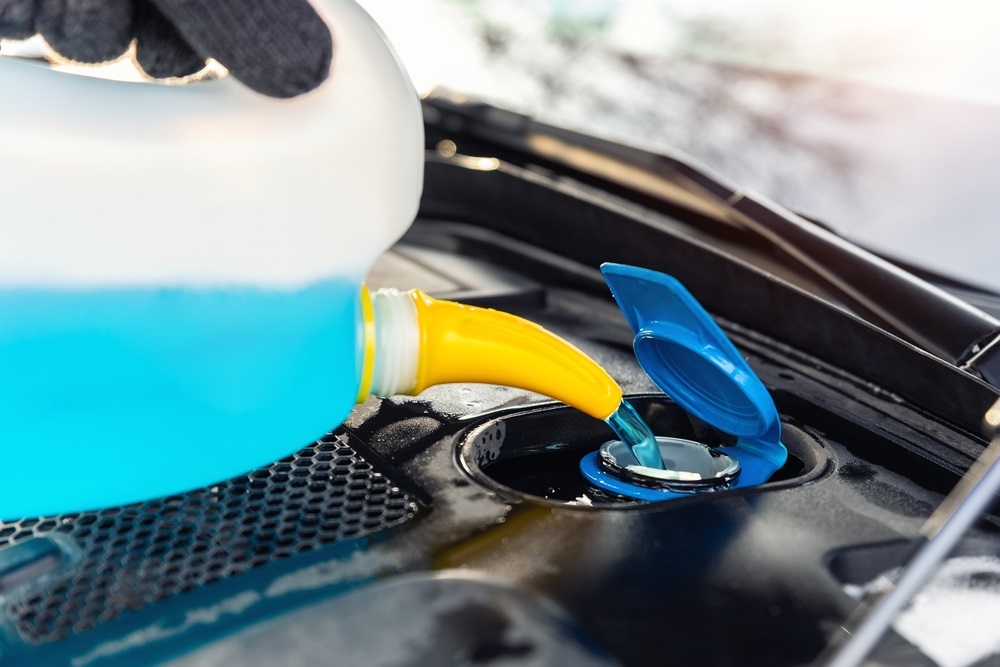
Use the Proper Funnel
To prevent overfilling, you should use a funnel with a wide mouth to help prevent spillage and reduce the risk of overflow.
Monitor Cooler Levels Regularly
Regularly checking your coolant levels will ensure they’re not getting too low or too high, which can lead to overheating issues in 2024s that use this type of system (as well as other problems).
Coolant Replacement Guidelines
It would help if you replaced the coolant when it becomes murky or appears to be discolored.
Look for damage on the radiator cap, such as cracks or dents, if you detect a leak. Replace the cap right away if it is damaged, as this may cause more issues later on.
In addition, you ought to replace your coolant if you experience any overheating-related engine problems (such as elevated engine temperatures).
Regular Maintenance
Maintaining the proper operation of your car requires routine maintenance. It’s advisable to change the coolant every six months or so, but you should do it at least once a year. When driving in hot weather, overfilling the coolant and continuing to drive the car for a long time might harm other engine components and lead to overheating issues.
In the event that this occurs to you, you should stop driving right away and turn off the air conditioning before doing any repairs or maintenance on your car. If you don’t, the leaks could start to affect other nearby vehicles and cause more damage!
When dealing with leaks under pressure like these are likely caused inside those components’ housing units where they’re located (such as within their housings), always wear protective gear such as goggles while handling them; otherwise, there’s always risk involved when working near high-pressure liquids such as oil or coolant because even small amounts could potentially leak out onto unprotected skin areas like hands/arms/legs etcetera – which could lead them being burned severely enough where they require immediate medical attention (such).
FAQs
Here are the most frequently asked questions about overfilling coolant in 2024:
What Happens if I Overfill Coolant in My Vehicle in 2024?
Overfilling coolant can cause serious issues such as overheating, pressure buildup, and potential damage to the cooling system. It’s crucial to maintain the correct coolant level.
How Can I Check the Coolant Level in My 2024 Vehicle?
When the engine is cold, you can examine the radiator or coolant reservoir to determine the coolant level. The coolant level has to be at the specified mark on the reservoir.
What if I Accidentally Overfill the Coolant?
If you’ve overfilled the coolant, the excess should be drained to reach the recommended level. You can do this by carefully removing the excess coolant or seeking professional help.
What Are the Risks of Driving With Overfilled Coolant?
Driving with overfilled coolant can lead to overheating, which may damage your engine and other components. It is advisable to take immediate action to stop the problem from getting worse.
Conclusion
Overfilling your coolant can cause long-term damage to your engine and lead to expensive repairs. You should always check the coolant level before driving your car and ensure it’s within the optimal range. If you think that your car has been overfilled, it’s important to take immediate action by checking its levels again or taking it to a mechanic for an inspection.
Azure provides top quality coolant products to the customers. Contact Azure today to schedule your delivery.

